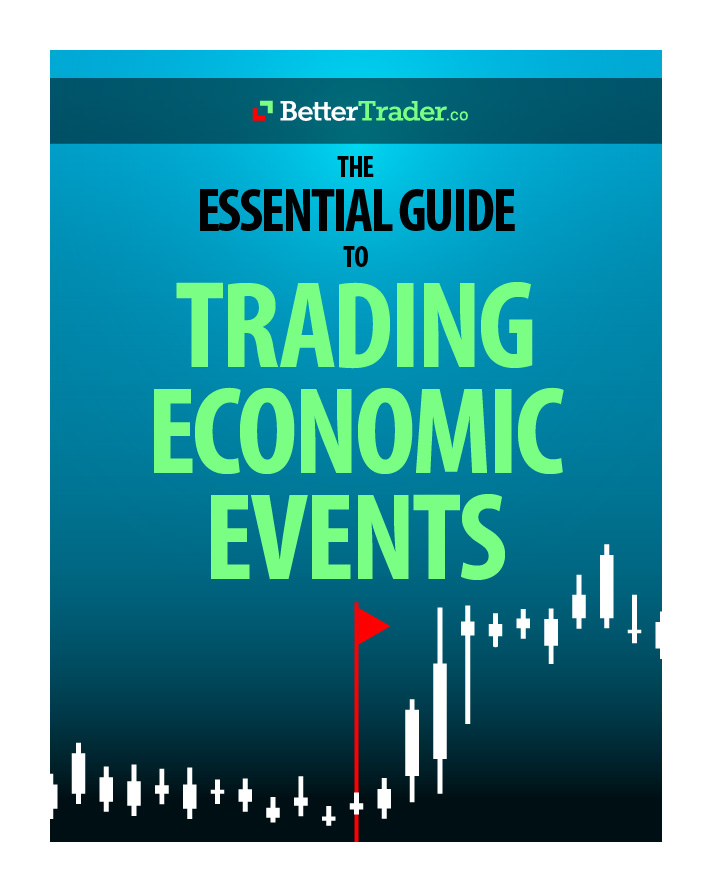Before committing to any trade, a trader should research, analyze and test their strategy to calculate the best entry and exit points. The trader should have two predetermined exits: a profit target and a stop loss.
Profit Target vs Stop Loss
You want the trade’s value to grow to the highest price for the amount of risk you are willing to take on. This is known as a profit target. Sell the security at this point and your trading strategy is a success.
A stop loss is the opposite, as it indicates a failed trade. Set a stop loss at a price below purchase in case your position has gone south. This price will trigger a sell and is seen as a point of no return for a trader. You believe it will be too risky to keep the investment at this point as a positive shift may be less likely than further losses. A stop loss prevents you from potentially losing more than you are willing to.
⋯
Trust Your Stop Loss
If the trade isn’t going as planned, you may be tempted to sell before the stop price is reached. This crosses the mind of traders all the time, as they wonder whether it is smarter to sell now or wait and see.
You may read a tweet or see a panel of trading experts on television screaming at each other that now is the time to get out of a trade.
If you are a confident trader and trust the calculated exit points, it is usually best to ignore all this noise. You did the research and have a predetermined stop loss for a reason. If that price has not been hit, you know that the trade can still reverse and head towards a gain.
It is important to be calm and believe in your planning to reach success in the market. Follow your plan and try not to panic.
Are There Ever Any Reasons To Change Your Stop Loss?
Although it is almost always wrong to exit a trade before the stop loss, there are instances where selling early can be the right approach.
For example, if you see unexpected news which may indicate that the market or security is going to crash or fall dramatically, it might be appropriate to get out of an investment earlier than planned.
Your original analysis should account for both positive and negative market news and reports. However, if an event was unforeseen and you become aware that it is almost impossible for the price to go up, it is ok to exit the trade before the stop loss.
⋯
Overall, trust your strategy and let the trade either reach the profit target or fall to the stop loss before exiting a position. But, in the rare event of truely sudden, unexpected news, use your best judgement and determine if you should sell early.

















